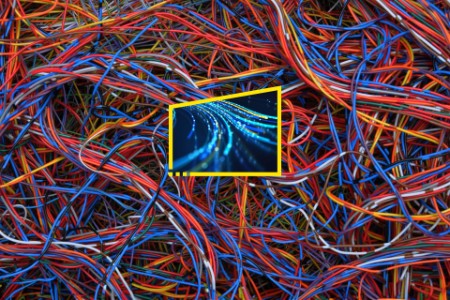Cyber and privacy leaders' agenda
Cyber and privacy leaders must act now to tackle today’s most pressing security challenges.
It is harder than ever to stay one step ahead of cybersecurity threats. New, more sophisticated adversaries — some operating autonomously and learning from generative AI models - are thriving in a landscape with multiple attack surfaces opened by hybrid and distributed work, cloud computing at scale, and the digitalization of everything. The stakes are high for CISOs.
“Secure Creators” are redefining cybersecurity in their industries. This cohort of organizations was identified in the 2023 EY Global Cybersecurity Leadership Insights survey, which polled 500 global c-suite experts to assess their current cyber performance, their readiness for emerging and future threats, and their chief challenges. Secure Creators have fewer cyber incidents, were quicker to respond, and provided 1.5 to 2 times more positive impact on their organization in terms of value creation, innovation and responsiveness to market opportunities when compared to their lower-performing counterparts.
They accomplished this not by simply deploying the right technology, innovating effectively, communicating across their organizations and minimizing attack surfaces, but by executing each of those practices better than their peers.
Here are four actions CISOs can take to better prepare for today and tomorrow:
Cybersecurity leaders are looking to improve capabilities in the following areas:
Case study: creating a smarter, safer grid for new meters
EY teams are helping a national electricity company reinforce its legacy power infrastructure for a trusted, cyber-safe future.


How technology fights FinCrime while enhancing regulatory compliance
EY enabled a large global bank to lead the fight against FinCrime in a way that also helped it improve efficiency and increase compliance.
Our latest thinking
The team
Contact us
Like what you’ve seen? Get in touch to learn more.



